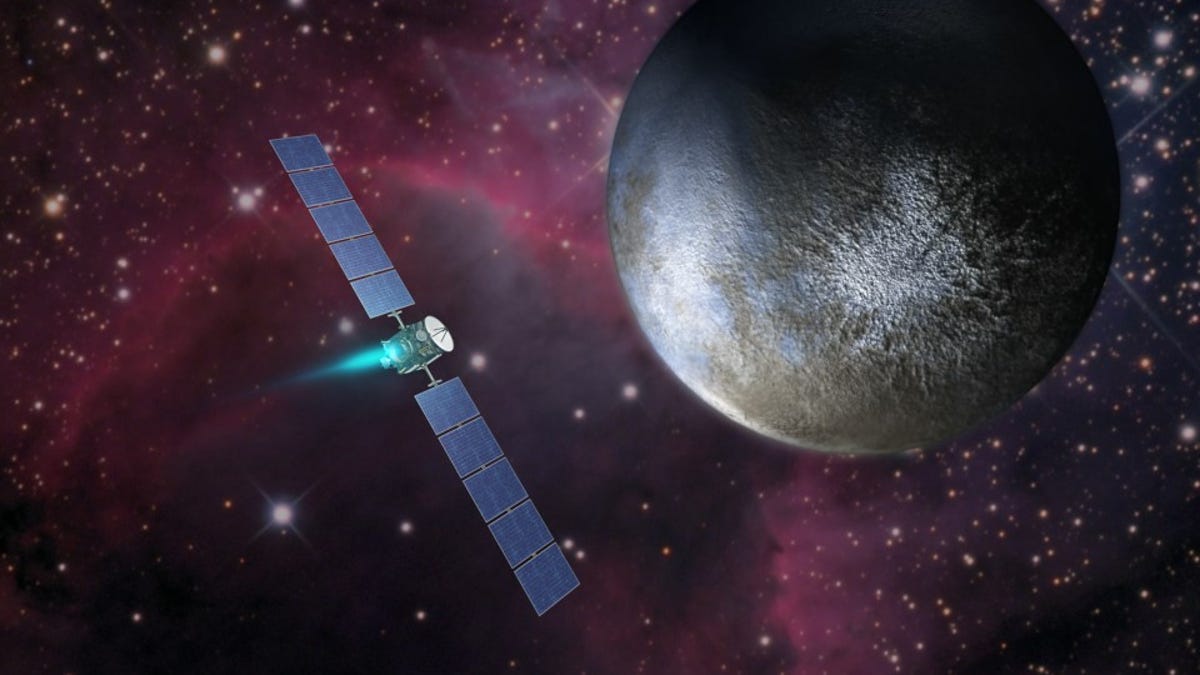NASA Dawn mission nabs a big win in aviation circles
For its journey to far-flung corners of the solar system, NASA takes home the Collier Trophy, a prize that's gone to Orville Wright, the Apollo 11 crew and other pioneers of air and space travel.
Orville Wright once won this big aviation prize, but not for the accomplishment you might be thinking of.
When the Collier Trophy went to Wright in 1913, airplanes were still just in their infancy. It was, after all, only a decade after he and his brother Wilbur made that short but momentous flight at Kitty Hawk. Airplanes were still a novelty, the purview mostly of tinkerers, inventors and daredevils.
The latest Collier Trophy, awarded this week, went to an achievement in flight that the Wright brothers could scarcely have imagined. The National Aeronautic Association bestowed the honor, one of the most prestigious in aviation and space travel as well, to a team at NASA and its Jet Propulsion Lab for the Dawn program that sent a spacecraft on a long-distance exploration through the solar system.
The Dawn spacecraft, launched in 2007, has already studied the protoplanet Vesta and more recently turned its attention to dwarf planet Ceres in the asteroid belt. It won the award, the NAA said in a statement Thursday, for those "extraordinary achievements" and "for "advancing the nation's technological capabilities in pioneering new frontiers in space travel."
The nominees for the 2015 trophy spanned a wide range of machines and missions, from the HA-420 HondaJet light business plane to the US military's C-5M Super Galaxy and the Two Eagles balloon team that last year flew across the Pacific Ocean. Also in the group were Blue Origin, the Jeff Bezos-backed company looking to make reusable rockets a reality, and the Icon A5, a light sport plane that CNET's Roger Cheng got to fly last year.
Blue Origin didn't seem to mind not winning. It tweeted: "@NASA Dawn team gave us new views & great science. Congrats on 2015 Collier Trophy!"
Since the Collier Trophy was first awarded in 1911, it has acknowledged some spectacular feats, including the breaking of the sound barrier in 1947 by the experimental X-1 aircraft, the Apollo 11 moon landing in 1969 and several round-the-world flights over the years. Sometimes it's recognized what hasn't happened, as in 1922, when the US Air Mail Service took the prize "for a year's operation without a single fatal accident."
The award, focused on achievements in the American air and space community, is as focused on safety and efficiency as it is on performance. Cessna Aircraft won in 1985 for "an unparalleled passenger safety record" over a 14-year span, and in its first decade, the prize went twice to Elmer Sperry, for his work on gyroscopic controls and a drift indicator.
Orville Wright's win? It was for development of the automatic stabilizer.


